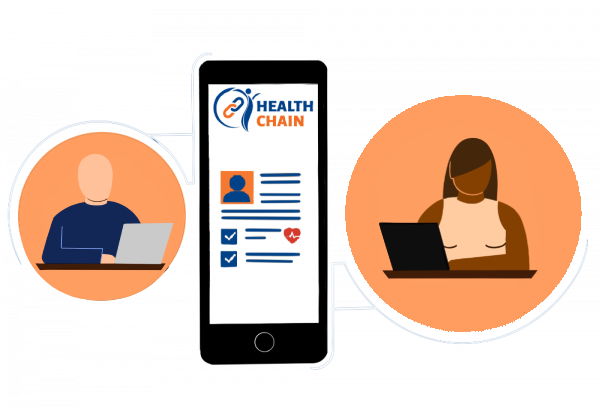Use These 2 Data Observability Tools to Improve Data Accuracy and Star Rating Scores
January 16, 2024 | 2-minute read

Medicare Advantage plans looking for effective strategies to improve their Star Ratings should start with the “low-hanging fruit” of correcting inaccurate member data. CMS star ratings are influenced by various metrics, including clinical outcomes, patient experience, safety measures and more. Incomplete or inaccurate data can adversely skew the measures that determine the ratings. This can have an impact on member care delivery and health plan reimbursement.
To mitigate these issues, ensuring data accuracy becomes critical. Implementing 2 fundamental data observability best practices will improve data processing and ensure that the Star Rating measures used truly reflect the quality of care provided to plan members:
- Observability Metrics Tools: measure and track the performance of the data ingestion, curation and enrichment process. These metrics, which can identify the number of member files and resources received and processed for example, can be implemented into operational dashboards allowing data teams to easily detect data quality issues.
- Data Lineage Tools: track the data flow from source to destination. These tools provide visibility at each stage of the data process and provide actionable information enabling the health plan’s data governance team to detect and fix errors faster to ensure high integrity, quality of care-related data.
Contact Mason Burr-VP of Strategy to learn more about how Health Chain is helping several leading Blue Cross Blue Shield plans strengthen that health data integration process.












